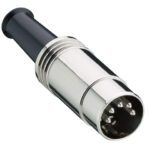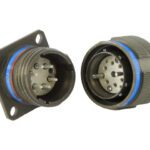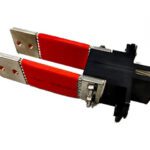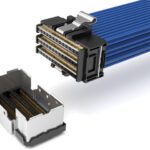What is Single-Pair Ethernet?
Meet the Connector: Single-Pair Ethernet
Single-pair Ethernet (SPE) is a single, twisted pair of copper wires that replaces the traditional 2- or 4-pair Ethernet configurations. SPE technology has been developed to bring Ethernet the “last mile” to the factory floor — the sensor/actuator level, specifically monitoring devices at the edge of industrial networks such as temperature sensors, proximity switches, and flow meters. Prior to SPE, these devices used different communication protocols than the main control room and the I/O layer (the programmable logic controllers or industrial PCs controlling the machinery). Therefore, the signals at the sensor/actuator level needed to be converted. SPE eliminates that step, essentially allowing a common Ethernet-based protocol to communicate from the cloud all the way to the machinery on the factory floor at the required speeds.
The network devices typically require speeds of 0.1 Mb/s to 10 Mb/s. SPE is a cost-effective solution at varying speeds and long distances. Now a distance of 1,000 meters at 10 Mb/s is possible. In addition, power can be carried over the same two SPE wires using Power over Data Line (PoDL) technology — in some cases, eliminating the need for standalone power supplies.
Single-pair Ethernet communicates across common industrial Ethernet protocols such as Ethernet/IP, Profinet, and EtherCAT.
In addition to IIoT and Industry 4.0, SPE is used in automotive, smart building, and aerospace applications.
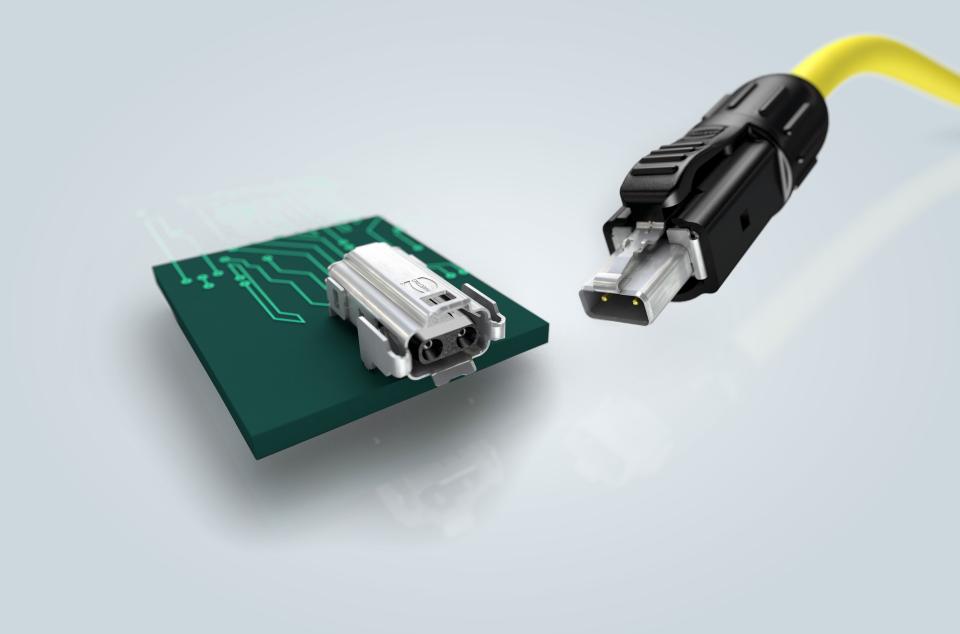
HARTING’s T1 Industrial connector interface is the IEC 63171-6 Industrial Ethernet standard mating interface for single-pair Ethernet.
Design Notes
Interfaces
Mating faces are currently in the process of standardization, and while several are already listed in IEC 63171, work on the standard is ongoing, according to the SPE System Alliance.
Interfaces with IP20 protection or M8 and M12 designs with IP65/67 protection against water and contamination are used with SPE.
Transmission Rates and Distances
Over 1 km for up to 10 megabits per second (Mb/s), 100 m for up to 100 Mb/s, and 40 m for up to 1 Gb/s transmission speeds.
Standardization
Multiple versions of the initial series standard, IEC 63171, have been developed. The SPE Industrial Partner Network supports the T1 Industrial interface according to IEC 63171-6 (also known as the HARTING standard). The SPE System Alliance supports IEC 63171-2, an IP20-based interface, and IEC 63171-5, an IP67-based interface.
The IEEE working group project, IEEE 802.3dg, is in the process of amending physical layer specification parameters to support lengths up to 500 meters for 100 Mb/s operation and up to 100 meters for 1 Gb/s operation.
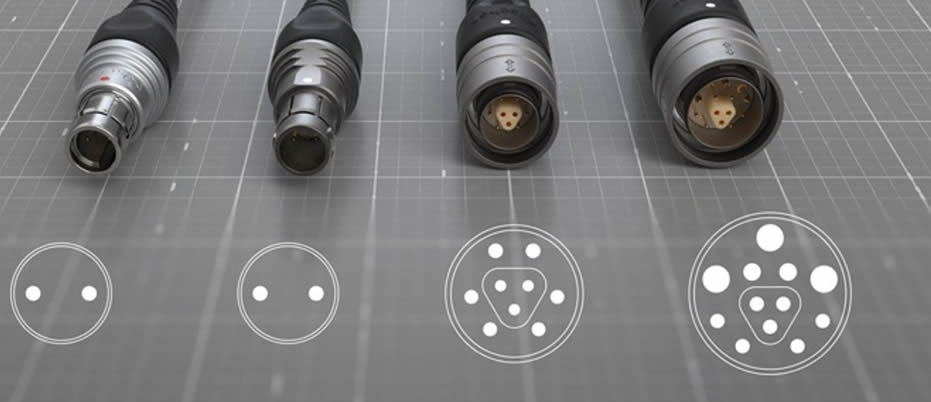
Fischer Connectors enhances IIoT connectivity with ultra-rugged solutions using Single-pair Ethernet and USB 3.2 protocols.
Applications
Industrial IoT, factory automation, building automation, automotive, aerospace.

KYOCERA AVX 6780 series of single-pair Ethernet (SPE) IP20 Connector. As a member of the SPE Industrial Partner Network, Kyocera AVX offers SPE products according to IEC 63171-6 and IEE 802.3.
Suppliers
HARTING, TE Connectivity, Würth Elektronik, BizLink, Metz Connect, Molex, Amphenol Communications Solutions, KYOCERA AVX, IMS Connector Systems, JAE, Weidmüller, Phoenix Contact, Rosenberger, Fischer Connectors, ept, WAGO, and R&M.
Like this article? Check out our other Meet the Connector, Ethernet, and Networking articles, our Industrial Market Page, and our 2023 and 2022 Article Archive.
Subscribe to our weekly e-newsletters, follow us on LinkedIn, Twitter, and Facebook, and check out our eBook archives for more applicable, expert-informed connectivity content.
- Mezzanine Connectors Product Roundup - April 16, 2024
- Out Now! New eBook Shares Bright Ideas for Electrification - April 16, 2024
- What are ARINC 801 Connectors? - April 9, 2024
